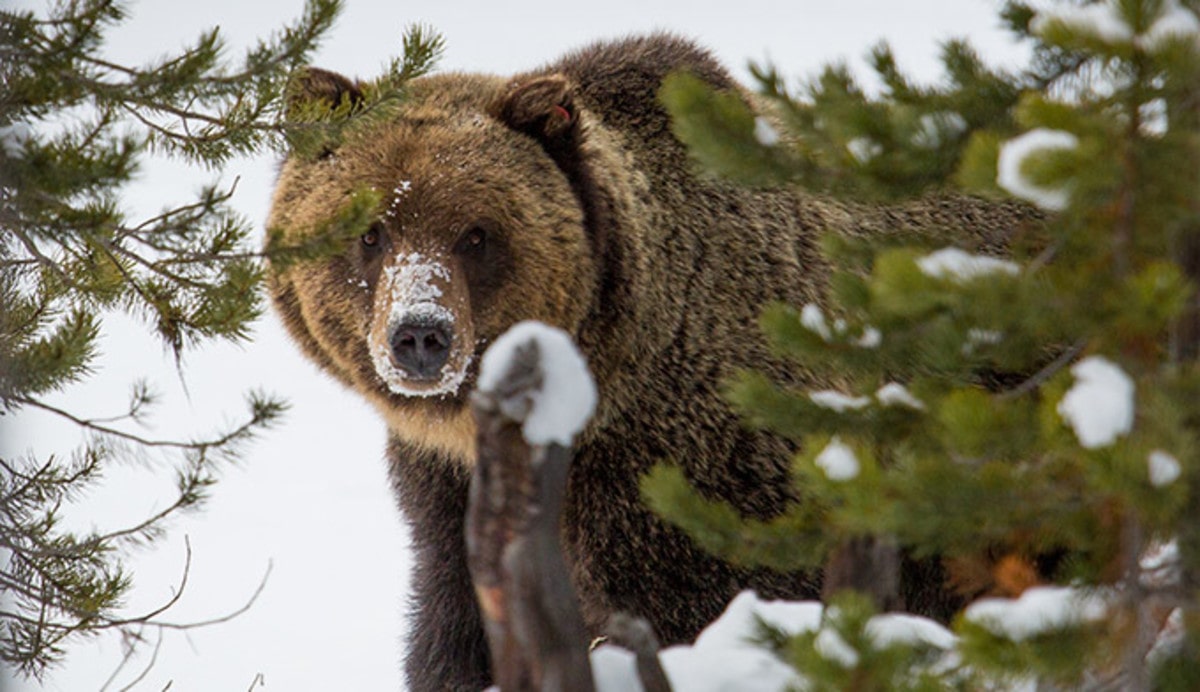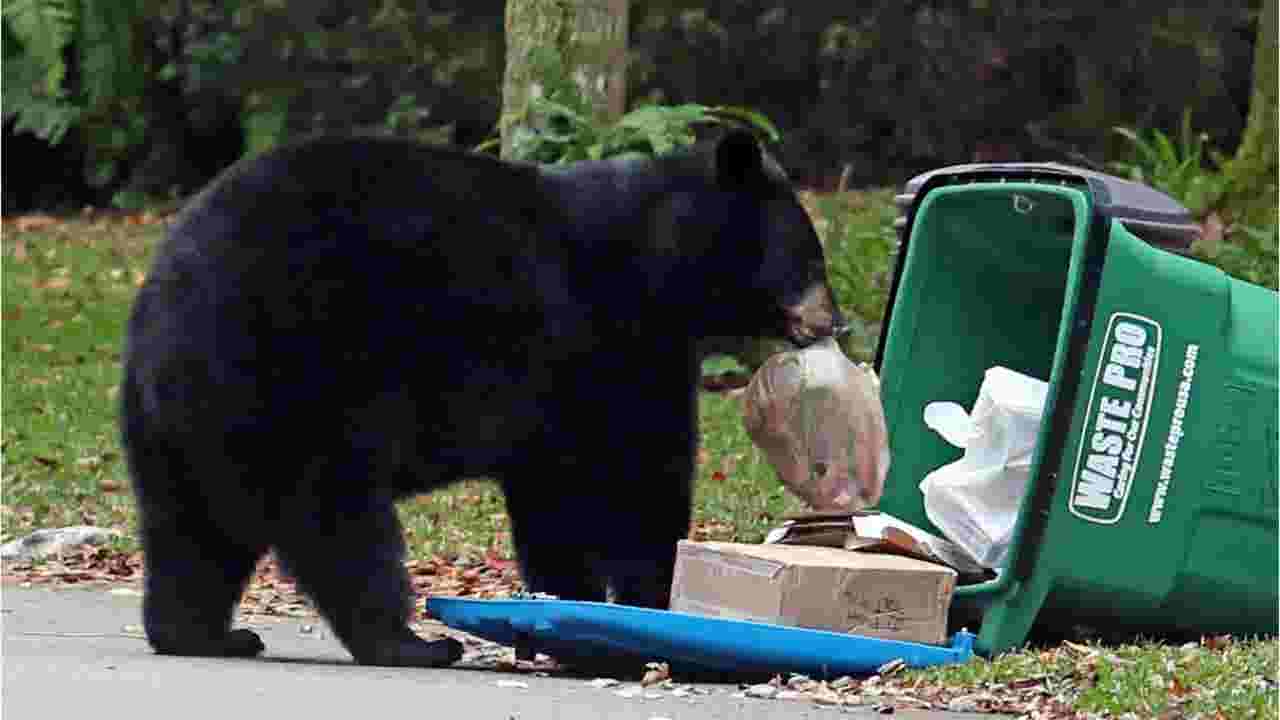
With unseasonably warm temperatures and climate change on the rise, areas around the world are seeing bears coming out of hibernation months earlier than usual. Depending on several crucial factors, such as temperature, snowfall, and food supply, bears begin preparing for hibernation in mid-late November. Lasting for approximately 5 months, bears are typically seen coming out of hibernation in April. However, as a result of spring-like weather in winter months, bears are retreating their dens in search of food.
The premature termination of hibernation presents issues for the bears, as well as humans. With a motivation to forage for food, bears are experiencing a shortage of sustenance. In preparation for the breeding season, bears are particularly hungry after hibernation. They are also extra motivated to provide for their cubs, who will not make it through spring if born to parents that are not strong enough to feed them. A lack of availability of food forces bears to look further, leading them closer to human environments.

It is evident that climate change is drastically affecting ecosystems around the world. This year has seen record high temperatures for winter, which throws off the natural patterns for many species. Bears are waking up weeks earlier, snowshoe hares are being forced to live in snow-less landscapes, and ice melt is threatening the polar bear species as a whole. Human behavior directly correlates to the rising temperatures and if we do not take action, it will only get worse.